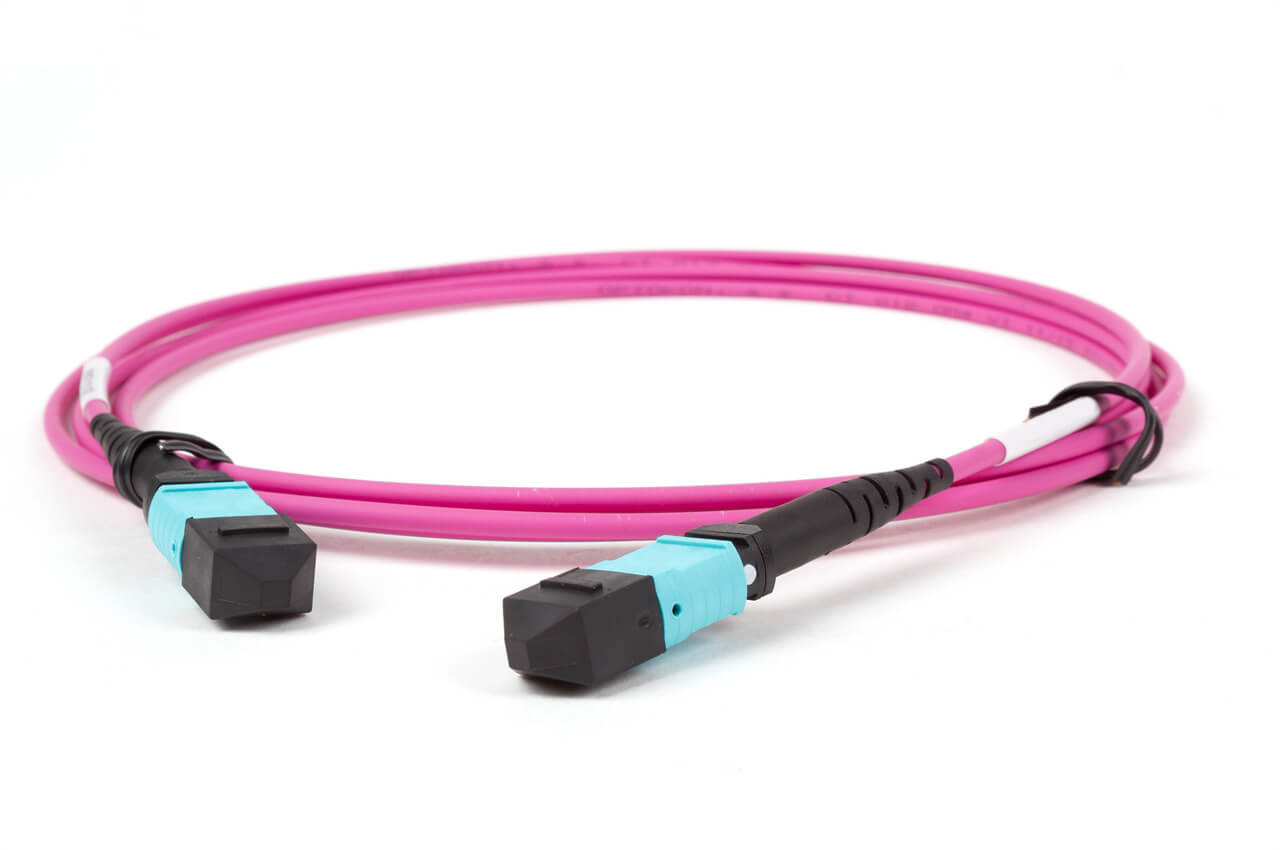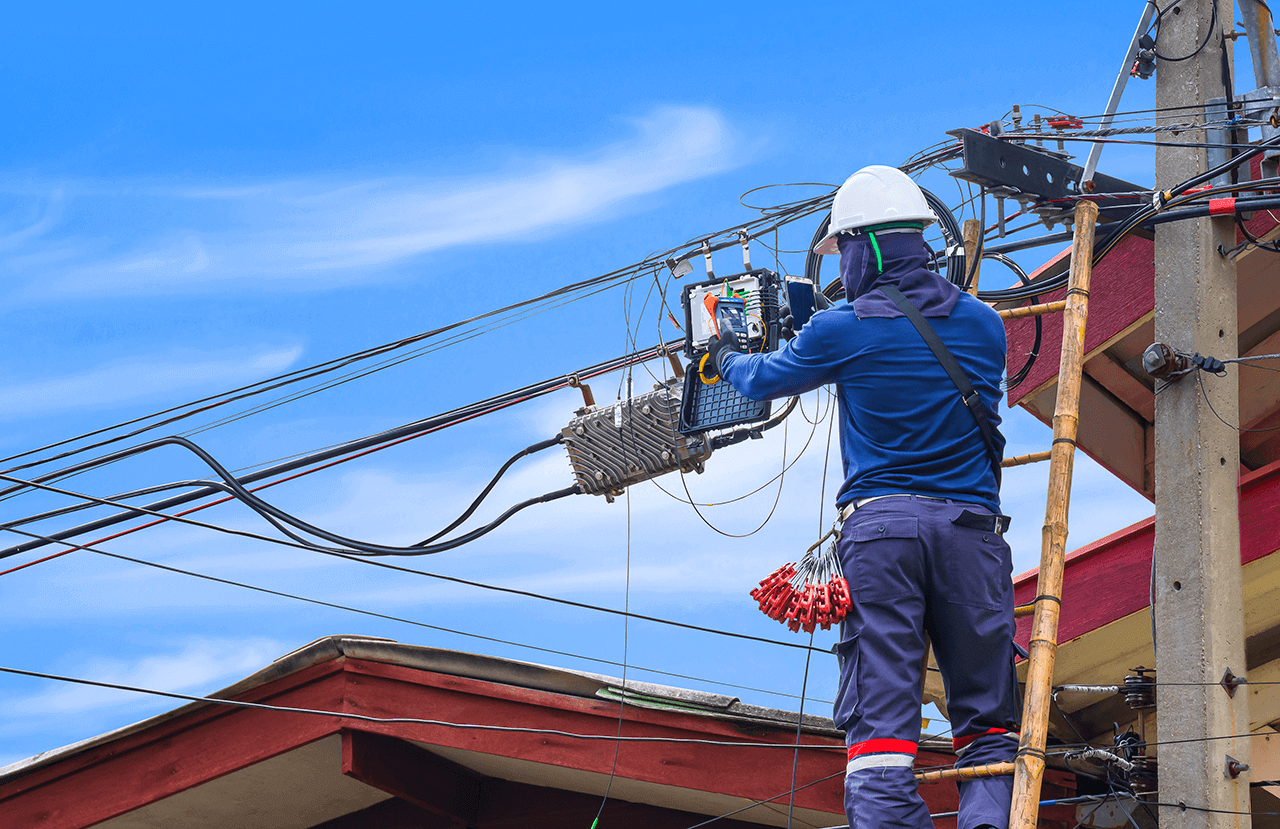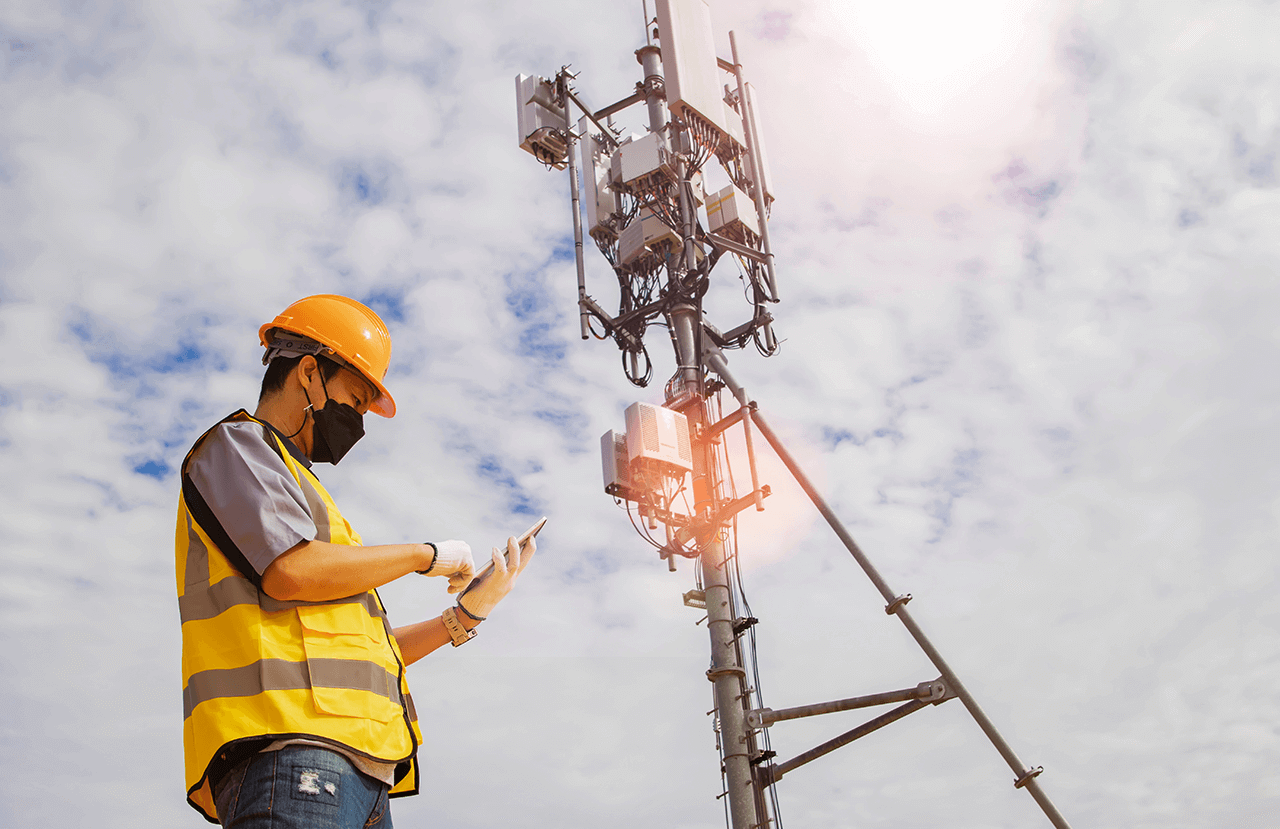
China fiber optic Factory
MPO-24 Fiber oPTIC cables
MPO/MTP Cable Assemblies Manufacturer and Direct Sales

DATA CENTER CABLING

fiber to the home

fiber to the antenna
Learn About the MPO/MTP Multi Fiber Connector
Handling MTP fiber connectors
MTP® / MPO Cassettes
High Density MTP MPO Cabling Solution
MPO-24 is an affordable way to deploy parallel and duplex fiber optic applications. It has 24 fibers in a single connector, which is denser than using three MPO-8 connectors or two MPO-12 connectors. This saves time during installation and cleaning of MPO systems. Method B trunk cables manage port polarity similarly to MPO-8 and MPO-12. Cross connecting MPO-24 trunks provides higher port densities, reducing panel space requirements by 3:1 compared to MPO-8 and 2:1 compared to MPO-12. Trunk cable size is often a consideration in high density applications. A 144-fiber trunk cable using MPO-24 subunits occupies about 30% less area than the MPO-12 equivalent. The 24 fiber MPO connector can deliver three individual 40G links, a single 100G link, or a 120GB link using QSFP+ & CXP transceivers.
MPO fiber jumpers use an MPO (Multi-fiber Push-On) connector which is one of the MT series connectors. The pin core of the MT series has two guide holes with a diameter of 0.7mm on the front end, which are precisely connected to the guide pins (also called PIN pins). MPO connectors can be used to produce various forms of MPO jumpers after processing with optical fiber cables. MPO jumpers can have 2-12 cores designed, and up to 24 cores at most. Currently, the most commonly used MPO connector is the 12-core connector. The compact design of MPO connectors allows for more fibers in a smaller volume. MPO jumpers are widely used in environments where high-density integration of optical fiber lines is required during wiring, such as in FTTX, 40/100G SFP, SFP+ and other transceiver modules or connections inside and outside equipment.
MPO jumper products with branchers and other forms of MPO jumpers all meet Telcordia-GR-326, IEC standards and Rohs requirements. MPO fiber jumpers are used in different enterprise buildings, including LAN wiring between different buildings, optical-active equipment interconnection in communication base stations, wiring in distribution boxes, residential areas, industrial park data centers, and commercial building data centers for optical signal connections. These jumpers are also used in intensive wiring systems, fiber optic communication systems, cable TV networks, LANs, WANs, and FTTx.
The MPO-24 Connector
The MPO-24 connector is an affordable way to deploy parallel and duplex fiber optic applications. It has 24 fibers in a single connector, which is denser than using three MPO-8 connectors or two MPO-12 connectors. This saves time during installation and cleaning of MPO systems. Method B trunk cables manage port polarity similarly to MPO-8 and MPO-12. Cross connecting MPO-24 trunks provides higher port densities, reducing panel space requirements by 3:1 compared to MPO-8 and 2:1 compared to MPO-12. Trunk cable size is often a consideration in high density applications. A 144-fiber trunk cable using MPO-24 subunits occupies about 30% less area than the MPO-12 equivalent. The 24 fiber MPO connector can deliver three individual 40G links, a single 100G link, or a 120GB link using QSFP+ & CXP transceivers.
MPO/MTP Fiber Jumper Specifications
- Connector type: MPO end – MPO or MTP; branch-end connector – FC, LC, SC, ST (customer selection)
- Fiber type: Single mode, Multi-mode (PC)
- Operating wavelength range: 1250~1650nm, 850nm, 1300nm
- Testing wavelength: 1310nm, 1550nm, 850nm, 1300nm
- End face polishing type: MPO: APC; branch-end connector: UPC or APC MPO: PC; branch-end connector: UPC or APC
- Insertion loss IL: MPO: typical value ≤0.50dB, maximum value ≤0.70dB; Branch-end connector: typical value ≤0.20dB, maximum value ≤0.30dB
- Return loss RL: MPO: APC ≥ 50dB; Branch-end connector: UPC ≥ 50dB, APC ≥ 60dB; Branch-end connector: ≥35dB
- Applicable cable types: MPO end – ribbon cable, bundle cable; branch-end connector – 2.0 or 0.9mm loose casing fan-out
- Repeatability: ≤0.10dB
- Interchangeability: ≤0.20dB
- Durability: MPO: plug and unplug 500 times, typical change value ≤0.20dB; Branch-end connector: plug and unplug 1000 times, typical change value ≤0.20dB
- Vertical tensile strength: ≥120N (except for 0.9mm optical cable) or customer requirements
- Operating temperature: -20℃ to +70℃
- Storage temperature: -40℃ to +85℃
24-Core MTP/MPO Polarity Solution
With the development of the Internet era, upgrading networks to 40/100/400G has become an inevitable trend. To facilitate the smooth transition of the network to 100G, it is generally recommended to use 24-core MTP/MPO cables. However, the polarity maintenance of 24-core MTP/MPO wiring is very complicated. Currently, there is no industry standard to define the type of 24-core MTP/MPO cable. Huihongfiber recommends using Type A (key-to-key) MTP/MPO backbone cables and our Type A and AF distribution boxes, which no longer require A-to-A jumpers.
Maintain MTP/MPO Polarity Rules when Establishing Connections
When fiber optic jumpers have different polarity schemes, IT personnel need to be very careful when replacing jumpers on site. Those who are unfamiliar with polarity or eager to start and operate equipment may use jumpers incorrectly, affecting the transmission of optical signals.
MTP/MPO Cable and Jumper Connection Rules
In cases where there are A-to-A and A-to-B duplex jumpers, there are three general types of array (multicore) cable components. Please note that the locating pins on the MTP/MPO connector are important for maintaining proper polarity. Therefore, before using jumpers to connect MTP/MPO fiber optic cables, it is necessary to ensure the correct pin position.
The A-to-B LC/SC duplex jumper is a standard cross-over cable that maps Tx ports to Rx ports and ensures A-to-B jumper polarity correctness by flipping it. The MTP backbone cable Type B reverses the fiber position at both ends (1-to-12 and 12-to-1), and the connector keys are facing up. It is recommended to use this type of cable connection to maintain correct MTP/MPO polarity.
MTP/MPO Cable and Box-Type Cassette Connection Rules
The selection of MTP/MPO distribution box also determines the choice of MTP/MPO cable. It is best to choose a fiber optic distribution box with suitable locating pins so that the MTP/MPO distribution box matches the MTP/MPO connector at both ends of the MTP/MPO fiber optic cable. In addition, the adapter on the back of the distribution box is defined as Method A or Method B to comply with TIA standards. Network designers use MTP/MPO components to meet the growing demand for higher transmission speeds. During this period, one of the biggest problems – polarity – can be solved by choosing the correct MTP cable, MTP connector, MTP distribution box, and fiber optic jumper. Three different polarizing methods can be applied to different situations to meet different application requirements.
Thank you for your inquiry
Huihongfiber factory end components can accommodate 6 to 144 optical fibers, with 12- and 24-core MPO connectors being the most common. According to IEC-61754-7 and EIA/TIA-604-5 (FOCIS 5) specifications, 12-core optical fibers are usually arranged in a column, supporting one or more columns of fibers in the same MPO connector. Depending on the number of cores in the connector, they can be classified as single column (12 cores) or multiple columns (24 cores or more). For 40G MPO-MPO fiber jumpers, 12-core MPO multimode pin cores are generally used, and for 100G MPO-MPO fiber jumpers, 24-core MPO pin cores are generally used. Huihongfiber also provides 16 single-row fiber array types that can be divided into multiple columns to form 32 cores or more. 16/32-core MPO fiber connectors will become the best solution for low-latency, ultra-high-speed transmission in the next generation 400G network.
